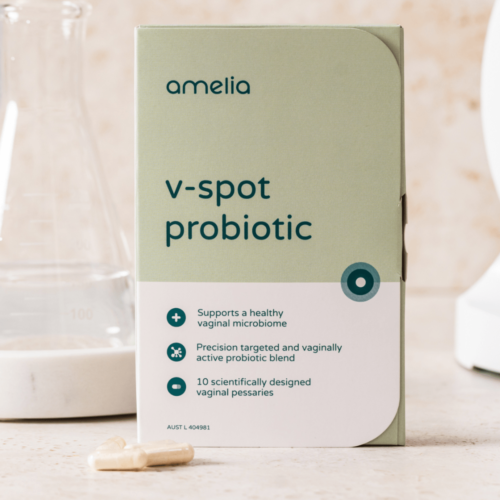The Rotterdam criteria is an ever-evolving diagnostic guideline for the diagnosis of polycystic ovarian syndrome (PCOS).
Because PCOS is a syndrome – meaning, a collection of signs and symptoms often found together – no one set of criteria can be used exclusively for diagnosis. The original 1990 criteria were updated in 2004.
The Rotterdam criteria and diagnosis of PCOS requires two of these three manifestations:
- Irregular or absent ovulation
- Elevated levels of androgenic hormones
- Enlarged ovaries or one ovary containing at least 12 follicles, measuring 2-9mm or have an increased volume of 10ml or more
Symptoms of PCOS that may assist diagnosis include:
- Hyperandrogenism – testing free testosterone levels or free testosterone index
- Polycystic ovaries
- Menstrual irregularities
- Signs of androgen excess
- Obesity
- Insulin resistance
- Elevated blood leutinising hormone (LH) levels
- Increased risk of type II diabetes, cardiovascular disease/events, and endometrial cancer
Symptoms of PCOS include
- Hirsutism (male-type hair growth)
- Menstrual irregularities
- Acne
As updated by the European Society for Human Reproduction and Embryology (ESHRE), the American Society for Reproductive Medicine (ASRM), and cosponsored by the Rotterdam PCOS consensus workshop group in 2004, published in the January 2004 issue of Fertility and Sterility.
Testing should include metabolic syndrome testing for abdominal obesity (visceral fat), fat levels in the blood, high blood pressure, and glucose testing.
Those who have symptoms but don’t fit the clinical criteria may still have PCOS, however in a ‘mild’ form. Not everyone experiences PCOS the same way, with varying degrees of issues found.
Diagnosis of exclusion – things to rule out
- Cushing’s syndrome
- Androgen-secreting tumours
- Congenital adrenal hyperplasia
- Check follicle-stimulating hormone (FSH) levels and prolactin levels for thyroid conditions
Things to know about PCOS diagnosis
If the ovaries appear normal and there is no sign of hyperandrogenism, further testing is required. Just having polycystic ovaries is not enough, without other clinical signs, to provide a diagnosis of PCOS.
About half of those diagnosed with PCOS have insulin resistance, requiring glucose testing. LH/FSH ratios may be elevated in those with PCOS without recent ovulation, but researchers are not sure why. PCOS does not come with an increased risk of death.
References
- National Health and Medical Research Council. Evidence-based guideline for the assessment and management of polycystic ovary syndrome.
- Teede HJ, Misso ML, Deeks AA, et al. Assessment and management of polycystic ovary syndrome: summary of an evidence-based guideline. Med J Aust 2011;195(Suppl)65–112.
- Boyle J Teede H Polycystic ovary syndrome: An update. Australian Family Physician (2012) 41(10) 752-756
- Laurie Barclay, MD, Charles Vega, MD, FAAFP. New Guidelines for Polycystic Ovary Syndrome. [Medscape]
Specially formulated probiotic for vaginal application to promote a healthy vaginal microbiome.
Unique, comprehensive BV, AV and 'mystery bad vag' treatment guide, one-of-a-kind system, with effective, innovative treatments.





